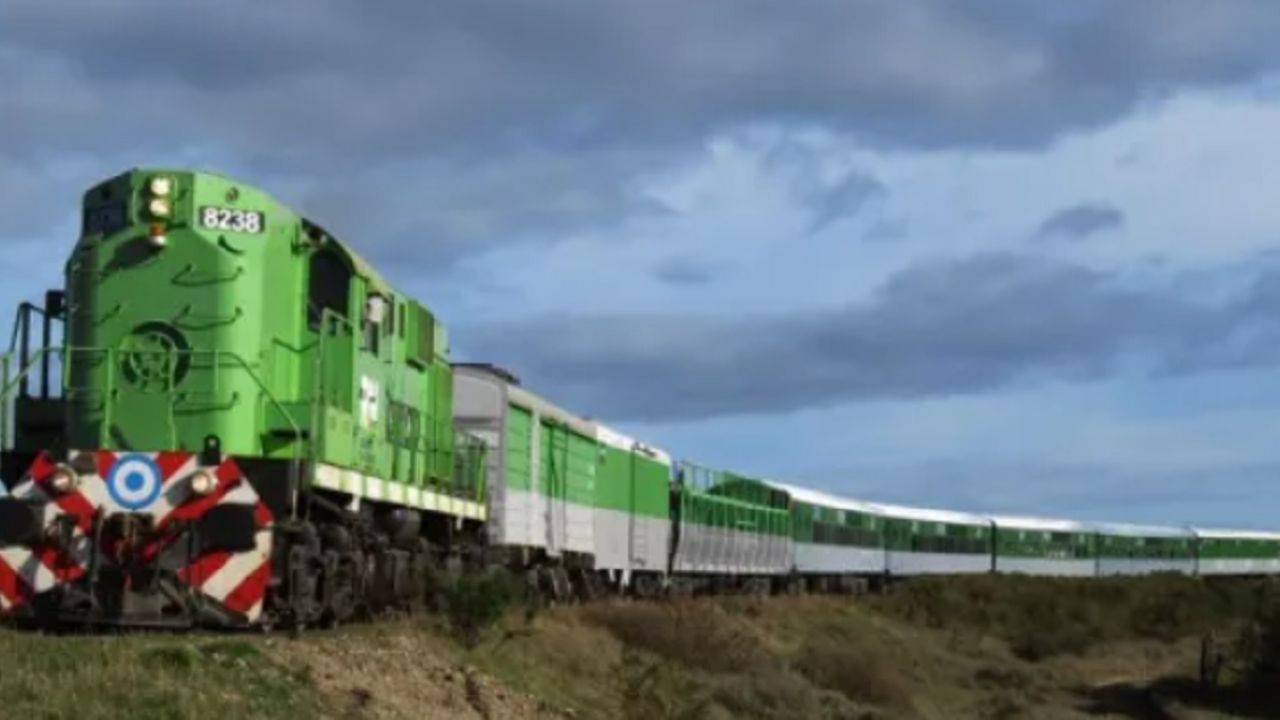Ok let's do a math exercise...as keen to understand your logic that fares are not heavily subsidised:
Cost of staff to manage, operate and maintain the line (20 persons?): US$50.000 / month
Cost of maintenance parts/ energy/ equipment/ safety/ insurances/ overheads/ amortization: US$143.750 / month (
at least - according to ChatGPT the average construction cost per KM of train track alone in Argentina is US$200.000 which has a useful life of 20 years... and on this line there is 345km to cover costs on)
Total cost (ballpark): US$293.750 / month +++
Total passengers per month (2022): 3.333
Total train
cost per ticket = US$88 +++
Whereas
a bus all the way to Buenos Aires will cost $25 per ticket with 10+ departures
per day.
So as a taxpayer, why should I contribute up to $63+
more to
you, just so that you can enjoy a train
instead of a bus... what advantage does your train thrill ride bring to
my life exactly versus you just taking the bus? If people (like more than a handful of train fans) actually wanted to take the train, then I suspect their overwhelming demand of them putting their money where their mouth is would lead to more than
2 train departures per week instead of 10 daily bus departures, especially if fares were extremely competitive there should have been "no excuse" if the train really was that beneficial, sentimental and/ or convenient to them to begin with.
The public transport link and all the advantages of connectivity is still there, even if it is not as "fun" as
some passengers may
prefer.

 infocielo.com
infocielo.com

